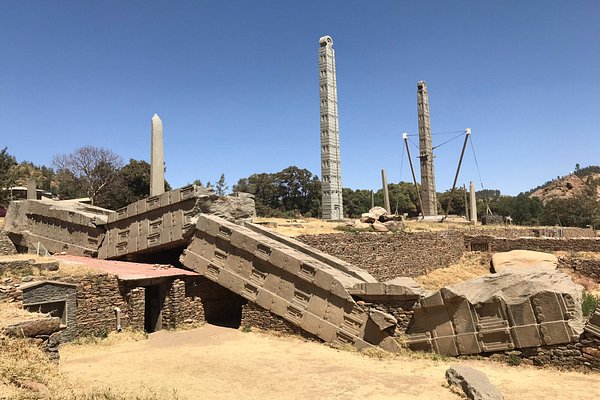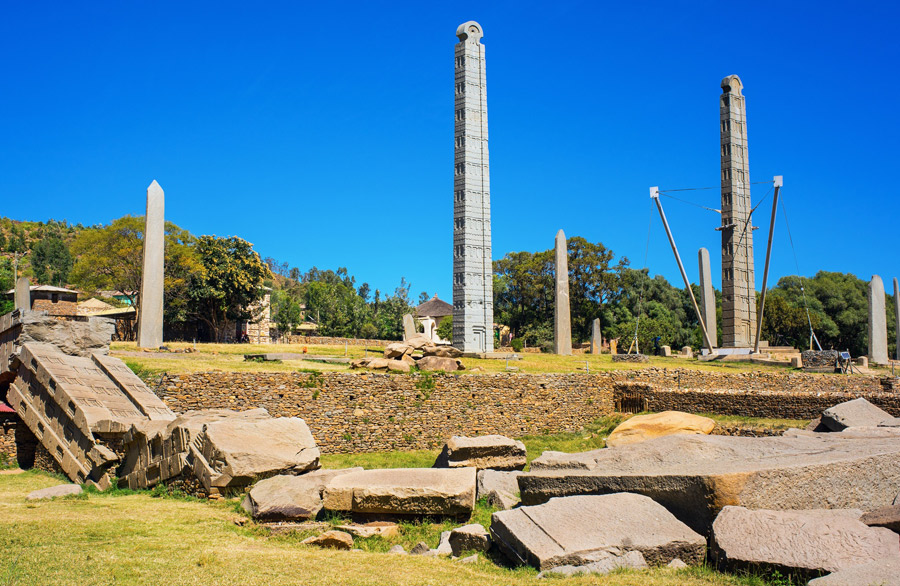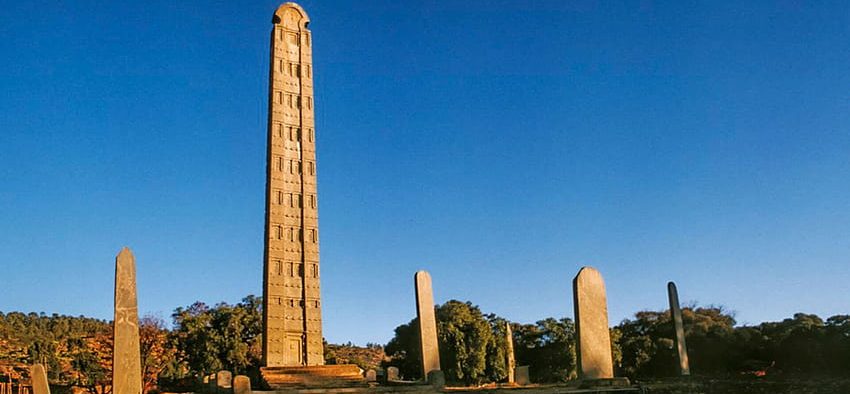

Origins
The Ethiopian Highlands, with their reliable annual monsoon rainfall and fertile soil, had been successfully inhabited since the Stone Age. Agriculture and trade with Egypt, southern Arabia, and other African peoples ensured the rise of the powerful kingdom of Axum (also Aksum), which was founded in the 1st century CE. Flourishing from the 3rd to 6th century CE, and then surviving as a much smaller political entity into the 8th century CE, the Kingdom of Axum was the first sub-Saharan African state to officially adopt Christianity, c. 350 CE. Axum also created its own script, Ge’ez, which is still in use in Ethiopia today.
Across this Christian kingdom, churches were built, monasteries founded, and translations made of the Bible. The most important church was at Axum, the Church of Maryam Tsion, which, according to later Ethiopian medieval texts, housed the Ark of the Covenant. The Ark, meant to contain the original stone tablets of the Ten Commandments given by God to Moses, is supposed to be still there, but as nobody is ever allowed to see it, confirmation of its existence is difficult to achieve. The most important monastery in the Axum kingdom was at Debre Damo, founded by the 5th-century CE Byzantine ascetic Saint Aregawi, one of the celebrated Nine Saints who worked to spread Christianity in the region by establishing monasteries. The success of these endeavours meant that Christianity would continue to be practised in Ethiopia right into the 21st century CE.

